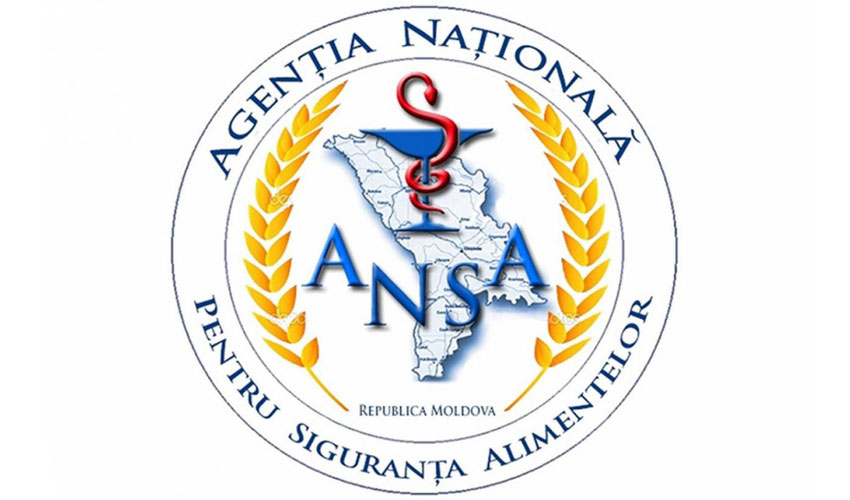
According to Elizaveta Briahne, Chief Wine Specialist of the NBViV, the quality of Moldovan wines was affected by difficult climatic conditions for vine development – drought and high temperatures. They led to a very rapid ripening of grapes. Probably, for the first time in the history of Moldovan winemaking, the harvest began in early August. The ripening of berries was rapid, but their development was not harmonious. For example, sugar content increased, but phenolic ripeness did not keep up with it. This was especially reflected in the red varieties. Pinot noir and Fetyaska-nyagre had already reached high sugar content in the 20th of August
However, the white wines presented at the tasting in the IGP Valul lui Traian region (out of 86 wines: 39 whites, 41 reds and six rosés), the southernmost region, showed the best quality of the last three or four years, which caused great surprise among the participants. Especially good were Riesling de Rhein (the variety likes cool climate) from the Leova district and Chardonnay.
“This is because producers have already learned to work on management in the vineyards, and to apply new technological techniques when making wine. Taking into account climate change, grape growers have started to reduce the load on the bush, as a large harvest during drought stops ripening and wilting of berries occurs. The color of the white wines we tasted was greenish, which indicates their freshness. The wines turned out with beautiful aromas. We are seeing a leap in their quality in this region. Also from the 2024 vintage, the rosé wines here are also very good. But unfortunately the red wines are weaker than in other zones. Of course, if you make the right blends, you can find a solution,” believes Elizabeth Bryahne.
According to the expert, when grapes are grown in such difficult conditions, the berries contain less juice, so it was important to make the right selection of fractions at the winery. Depending on the development of grapes, it is possible to take not 60 dal of must from 1 ton of bunches, but 50-45 dal/t, so that the wine will turn out more qualitative. It is also better to use less auxiliary materials for flavor extraction, clarification, etc. In recent years, wines have much lower titratable acidity and higher pH. So you have to adjust the acidity, but it is important to do this starting in the bunches hopper. If it’s after fermentation, consider it too late. In other words, winegrowers and winemakers have basically learned how to work under the conditions of climate change.
In order to produce champagne wine materials, for distillation and light white wines (with lower alcohol content), companies start harvesting grapes earlier. But due to a shortage of labor, sometimes this is too early: the grapes have gained sugar but are not yet ripe. In such cases, green tones can be felt in the aroma and taste.
At the tasting in the IGP Stefan Voda region (out of 41 wines: 25 whites, six rose and 10 reds), the good quality of white and rose wines was noted, and in the Purkarska microzone all wines received high scores. In general, Pinot gris, Chardonnay and Viorica were the most successful in the region. And the quality of Feteasca regala in 2024 is inferior to the 2023 vintage.
With climate warming, the central zone of Moldova has become the most favorable for viticulture, as it is less hot and arid. The participants of the tasting (out of 84 wines: 51 whites, nine rose, two special foams and 22 reds) recognized that here the wines of the 2024 vintage are very good and the champagnes are excellent. In IGP Codru, the best wines were Feteasca alba, Riesling de Rhein and a very interesting Sauvignon blanc.
In recent years Muscat wines have rarely succeeded in Moldova, but in this zone Muscat wines turned out beautiful. Among the red wines Feteasca neagra was noted. In general, in the central region red wines are with intense coloring, but grapes of late varieties, such as Cabernet Sauvignon and Saperavi, did not reach harmonious maturity, because they were hurriedly harvested at high sugars. Even after malolactic fermentation, these wines are more acidic in flavor due to the high tartaric acid content, but this will correct itself after the tartaric acid salts precipitate out.
Climate challenges are more easily dealt with by small producers than large producers, for whom labor shortages are very sensitive. A late harvest entails the risks of being left with unwholesome and/or high alcohol wines (there are white wines with a strength of 15% and red wines above 15%).













